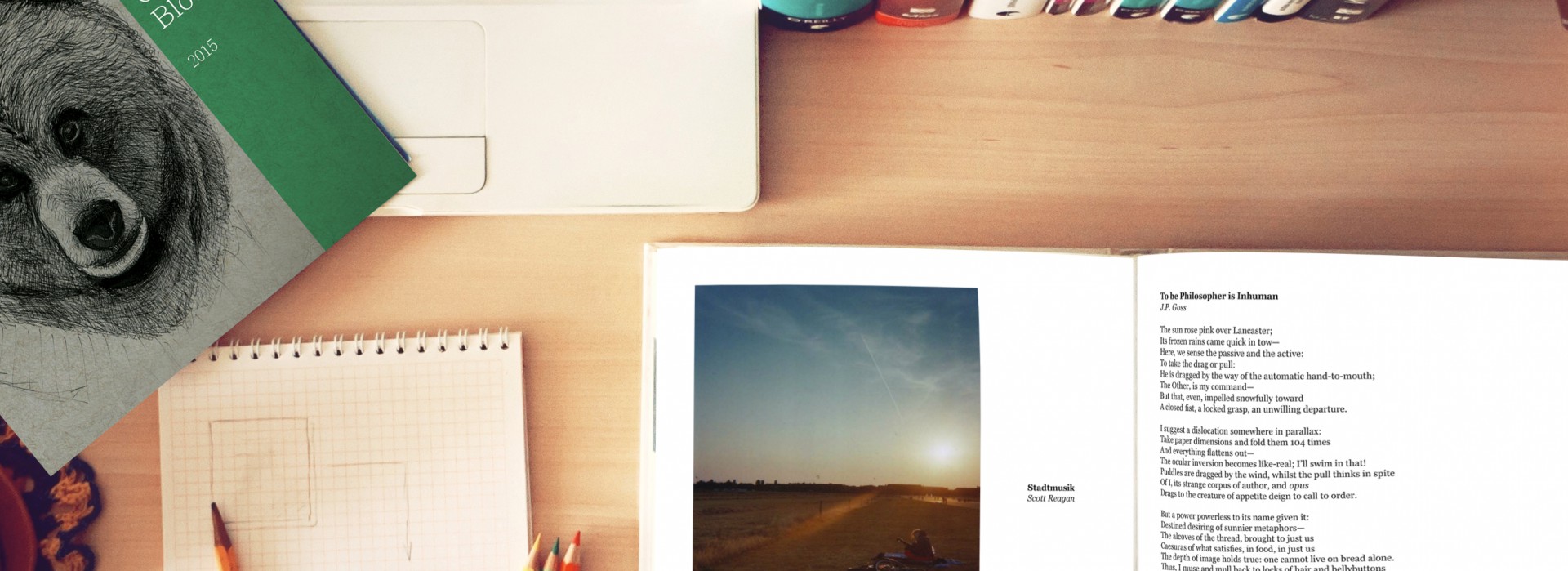Reviewed by Isaac Fox

Nonfiction | Writing reference. 296 Pages. Vine Leaves Press: 2018. Available Here
Every writer who publishes their work knows what it feels like to read a rejection letter. I know what it feels like, my college-age writer friends know what it feels like, and Stephen King knows what it feels like.
However, when they talk about rejection letters at all, successful writers often treat them as things of the distant past—an unfortunate side-effect of not being famous (yet). King, for example, describes pinning rejection slips to his bedroom wall as a 14-year-old growing writer in his On Writing: A Memoir of the Craft. If you’re Stephen King, I guess it’s true enough that rejection letters are a thing you only have to deal with when you’re 14. But my writing friends and I will sell as many books as he does right after we get hit with lightning-struck asteroids on the way to cash our winning lottery tickets.
In her 2018 book In a Flash!: Writing and Publishing Dynamic Flash Prose, Melanie Faith tells a more practical truth. “I often share the story of a multiply-published writing friend who edits for a nationally-recognized literary journal where he teaches,” she writes. “They receive around 6,000 submissions each year and have 35 publication slots.” She admits that she has received over 700 rejection slips herself and that they haven’t stopped coming, even as she’s published books.
This practicality, honesty, and accessibility characterize In a Flash. Throughout its pages, Faith provides simple, on-the-ground advice for writing flash fiction and nonfiction, illustrating each concept with anecdotes from her own writing and personal life. In a chapter titled “Wobbly Tree,” for instance, she compares the writing life to yoga. “I practice yoga once a week,” she writes. “Notice I use the word ‘practice’ several times. It’s not a performance. Neither is writing.”
In chapters like “Wobbly Tree,” Faith tells a brief story to cast light on a writerly topic—in this case, maintaining a healthy relationship with your writing. Her prose is simple and straight-to-the-point, with just enough self-deprecating humor to keep things entertaining. Most chapters are around 500 words long, and they demonstrate exactly the kind of restrained, punchy writing that characterizes good flash. Each is also accompanied by a prompt.
In a Flash is divided into four sections. The first focuses on the unique challenges of flash; the second, on nonfiction; the third, on fiction; and the last, on the practical side of writing: deciding where to submit, dealing with rejections, marketing your work, and so on. Each section includes a blend of writing advice and recommended approaches to writing flash stories. The approach chapters turn the often-daunting writing process into something practical and small scale by suggesting specific tactics and topics, including things as simple as using quotes as impromptu prompts, writing about your neighbors, and using specific color names to flavor droopy descriptions.
The fiction and nonfiction sections often apply to each other, so it’s worth reading the entire book, even for writers interested in only one genre. Many chapters are so applicable between sections, in fact, that they could’ve gone anywhere, and it’s not always clear why they ended up where they did. “Wobbly Tree,” for example, is grouped with the fiction advice, but its focus on the writing life is more similar to the chapters in the last section.
Faith’s book does have some superficial flaws: the aforementioned formatting quirks, along with just enough typos to annoy those writers who can’t quiet their internal editors. However, its brevity and practicality make it stand out in a sea of how-to-write books often criticized for self-indulgence. Even experienced flash writers who know exactly how to condense their dialogue and description will value the approach chapters, which nudge writers toward creativity, and the nearly 80 prompts.
Isaac Fox is a student at Lebanon Valley College, where he majors in English and creative writing. He spends his free time reading and writing things that aren’t assigned, shooting pictures, and playing the clarinet. His fiction and photography have appeared in Rune Bear and Heart of Flesh magazines, as well as Green Blotter’s 2021 issue. You can find him on Twitter at @IsaacFo80415188.

